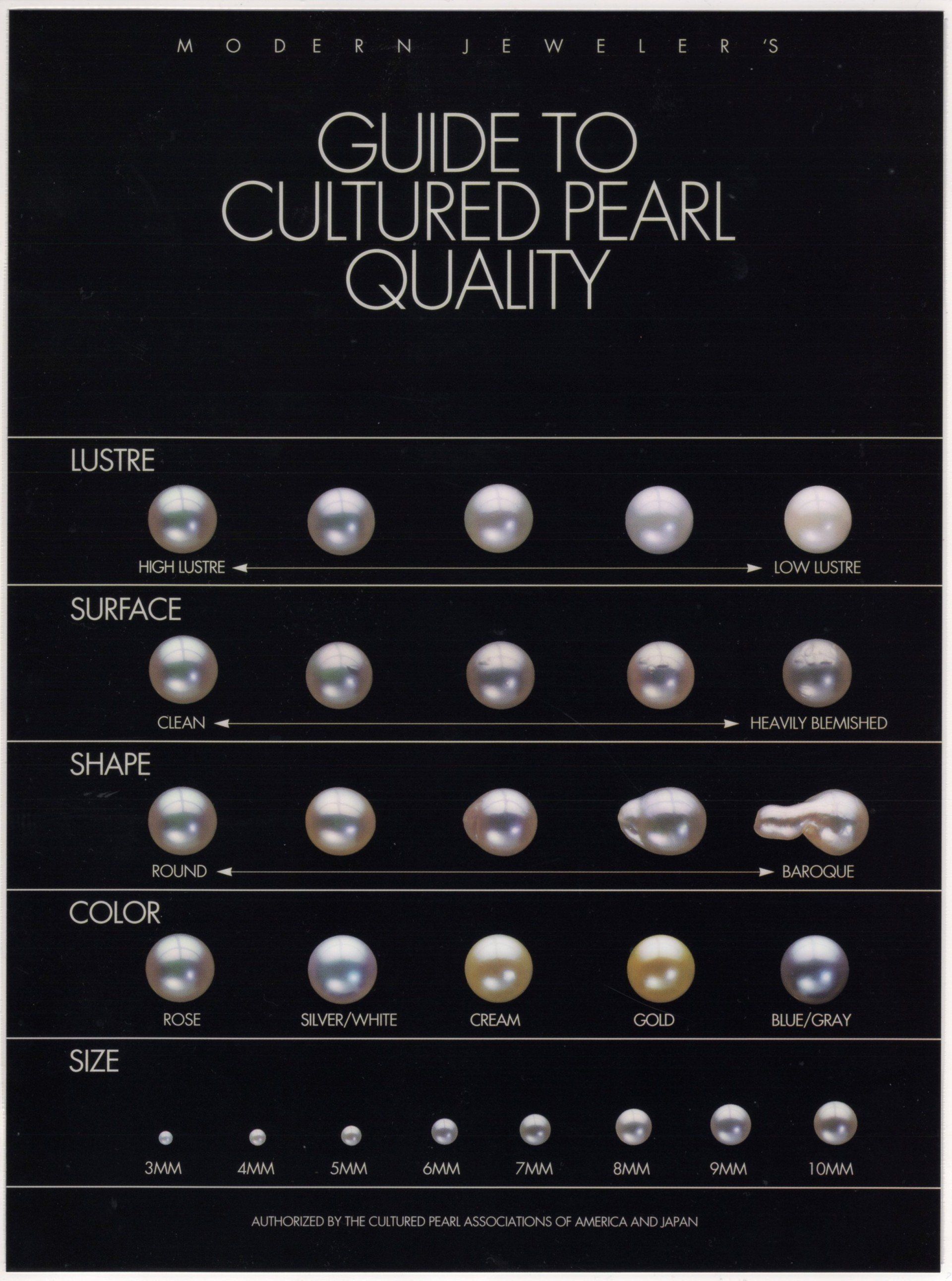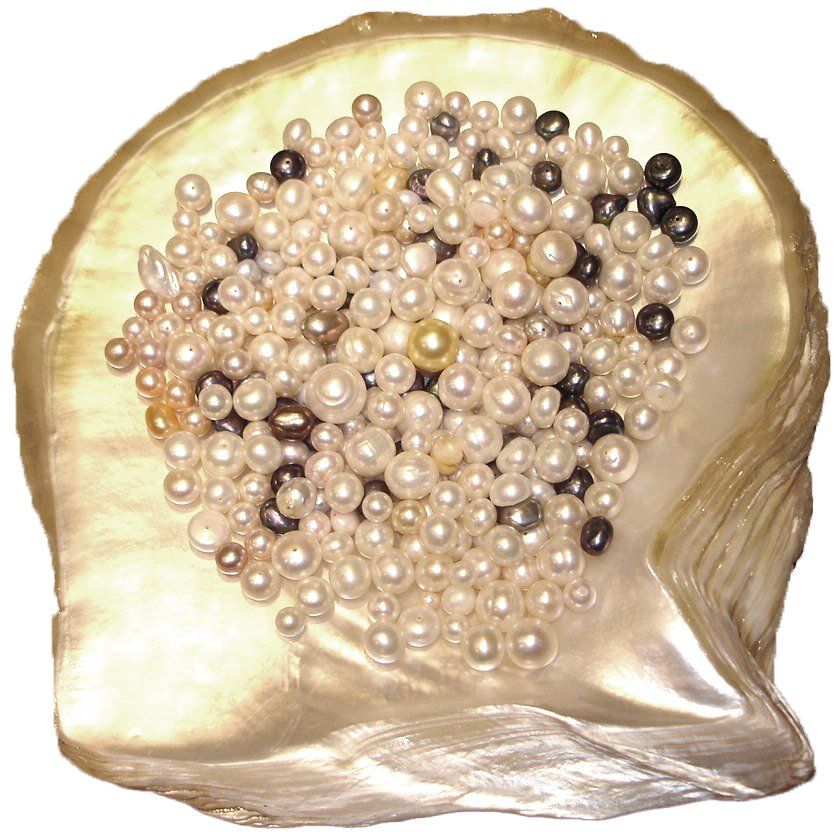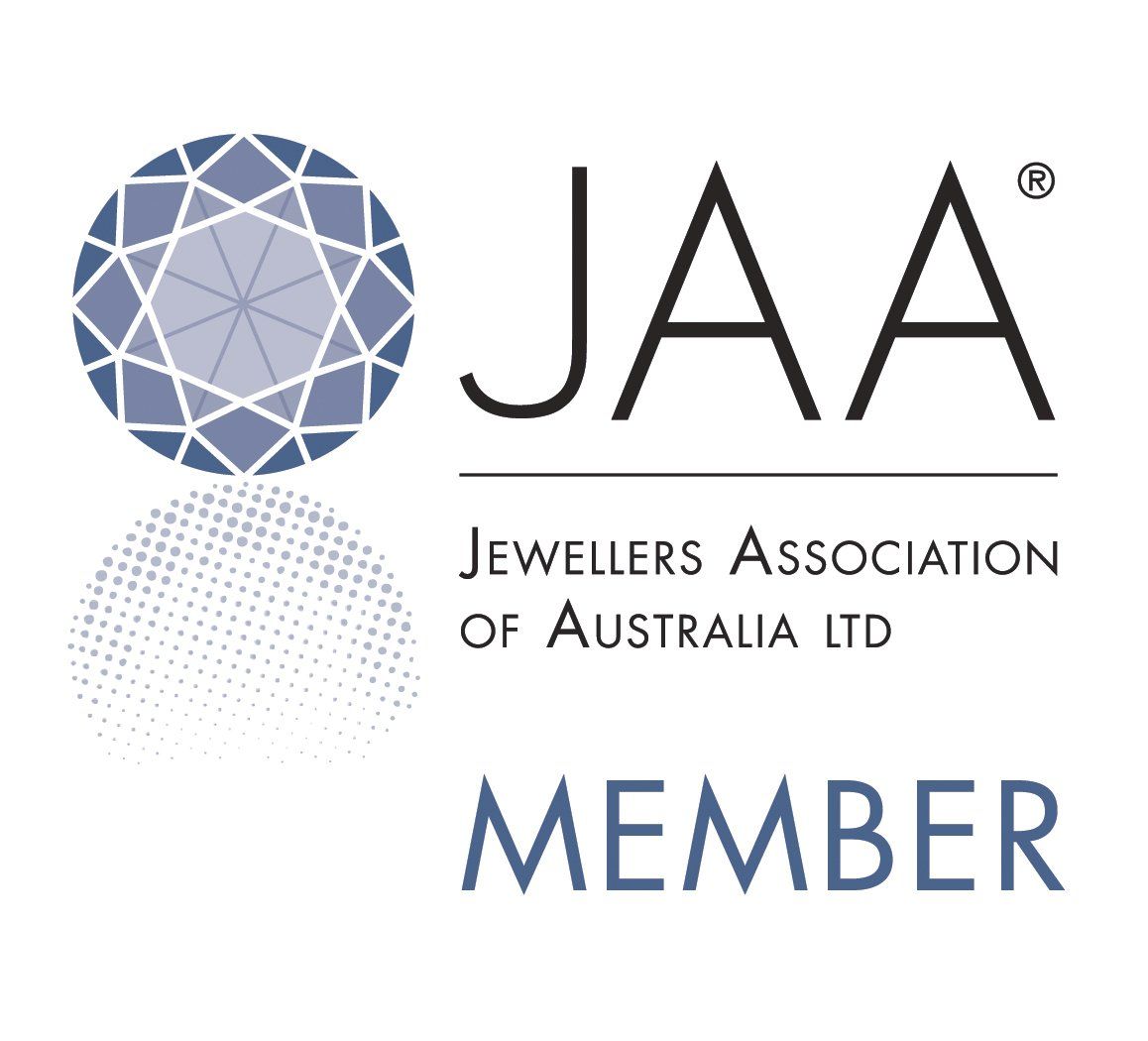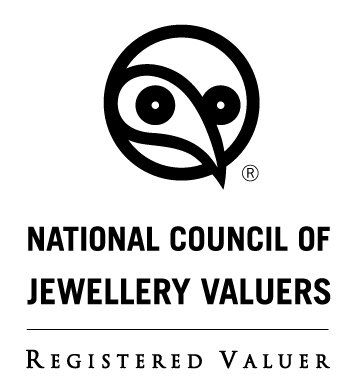How to store -
Pearls can be wrapped in either tissue (acid free) or soft facial tissues (not impregnated with skin conditioners like Aloe Vera for example) Be careful not to throw tissue out!
Or you can use any type of soft cloth material eg. silk or cotton. This allows the pearls to 'breathe' by being in contact with normal atmospheric conditions.
Keep jewellery items separate when storing or wrapping, especially pearls, amber, opals and other softer gem materials. This is so they can be separated away from hard sharp objects like other gemstones, metal pieces, etc.
Sometimes the glues used in jewellery boxes can cause oxidization of certain jewellery pieces. Certain chemicals on the surface of jewellery items can react over time and cause discolouration of metals and softer gem materials, so always keep your jewellery clean.
Where to store -
Jewellery Boxes are ideal and good for display, but in these current times you need to be mindful that in a jewellery box or display case, the are open and accessible in the case of burglary. A safe is very secure, please be aware of dampness and mildew especially if floor mounted. NOTE: Bank vaults are dehumidified and cool – not good for pearls or opals! if you have a home safe you can add some sashays of moisture absorbent material to keep moisture to a minimum.
If using plastic containers, be aware, delicate jewellery organic items like pearls may not like being kept in a non breathable container. If you use plastic containers for safe storage, it is recommended to drill some breathing holes in them.
If you don't have a safe and want to hide your jewellery there are plenty of good hiding spots around the house. A word of warning – draw a 'treasure map', or make a note somewhere secure of where you hide your jewellery so you don’t forget! NOTE: hiding jewellery in clothing items is not recommended as clothes can be easily searched, and if transported away from the home may lead to jewellery items being lost.
When to store -
Hiding or storing your jewellery in a safe is ideal, only have out what you need at certain times. Sometimes it can be a hassle to get things out from hiding spots or retrieve from a safe, but remember the consequences if you are away from home and someone enters your home and takes them...its Murphy laws that will dictate the one time you don't do it, maybe the one time you have your valuable possessions stolen!
Sometimes, its a good idea to leave some inexpensive costume jewellery and some cash out, as a decoy to a would be burglar.
Cleaning -
Pearl cleaning – use a small dish or bowl of bath warm water, add a couple of drops of dish washing liquid, and an old tooth brush. Soak and scrub gently to remove any body acids and film (which attracts dust and dirt). Then rinse under fresh water, pat dry and leave out over night to dry. Pearls were born in water, and the gentle detergent won't hurt them at all!
This method can also be used on all other gemstone set and jewellery items. NOTE: never boil jewellery on a stove to clean it (don't laugh...we've seen it done before!)
In summer, or when in warm to hot climates, perspiration maybe present. This may result in skin residue (with perfumes and makeup or skin cleansers), getting onto your pearls. To stop the surface from being etched over time, wipe your pearls over with a soft dampened facecloth or cotton cloth every fortnight or so. If heavy continuous perspiration exists it maybe advisable to bath your pearls with the method mentioned above, once in a while to remove ingrained body acids and build ups.
If you have generally metal only jewellery that is tarnished, a few home options are available. For metal items only for example chains bracelets etc. You can line a glass or porcelain baking dish with tinfoil and place the items spread out over the tinfoil. Then scatter baking soda over the items. Then gently pour boiling jug water over to cover the pieces and a reaction will take place and in most cases remove tarnish.
A more gentle method for removing tarnish of most jewellery, is the tooth paste method. The best toothpaste is the white slight gritty type, (gel toothpaste doesn't tend to work as well). All you do it place a small amount on you fingers and gently rub it all over the metal parts of your jewellery. it will go a grey colour, but once done you can rinse off if warm water with detergent if required, and repeat rinse under fresh cold water. Pat dry and leave out on a cloth to completely dry. Once dry you can them polish the metal with a 'Silver cloth' if you have one (these work on all metals including gold too!). Your jewellery should hopefully end up nice a clean and polished. If not or there is some stubborn tarnish remaining, you may have to take it in to your jewellery professional for a proper workshop clean and polish.
Maintenance -
Pearl strands and bracelets may need to be restrung every 3 – 4 years depending on wear and tear. if you notice a strand or bracelet with gaps between the pearls or a fray popping out from one of the pearls, (particularly near the clasp), its a sign to have your pearls restrung.
Also with earrings, particularly pearl studs, where the pearl sits on your skin, moisture can slowly, over time, affect the adhesion of the glue used to bond the pearl to the cup and post inside of it. All pearl jewellery should be checked regularly to make sure the pearl is fixed firmly to its setting. If it rotates or moves on the setting, again its a good time to take the piece into your jewellery professional to have it re glued.
With other general jewellery, its good to have all your pieces regularly checked for security and for any other maintenance issues that may occur.
Things like worn jump rings and clasps on chains and bracelets, security of claws holding gemstones in especially on rings being worn or broken off, any chips or cracks that may have been inflicted on any set gemstones, or fine cracks in shanks (bands) and under rails or bridge supports on rings.
We have our cars and other possessions checked and serviced regularly, and so it should be the same with our jewellery!
General Care -
As well as the tips and tricks mentioned above, its important to be aware of our jewellery items when in certain situations or doing certain activities. Be aware and avoid wearing jewellery in potentially damaging situations. These include:- swimming, going to gym, gardening, travelling with heavy bags, (horse riding story).
Wearing jewellery to bed is not recommended. Some necklets such as Omega necklets maybe bent or kinked if worn to bed. Some fine neck chains can be prone to breaking when sleeping also. There is also a possibility of scratch injuries to yourself or your sleeping partner from contact with things such as claws on rings etc. Some items of jewellery can come off in bed and be difficult to find or lost permanently.
It is also recommended to not have jewellery in bathroom areas. Some pearl jewellery can have adhesive let go if prolonged exposure to steam occurs over a long period of time. Also be wary of small jewellery items in and around bathroom areas, as earring backs especially can fall on the ground and bounce down an overflow drain hole or bounce into the sink and also be lost forever.
We hope this gives you some ideas or ways of protecting and looking after your precious jewellery items. If you have any questions or other suggestions not listed here, please let us know and we can add your idea in!









